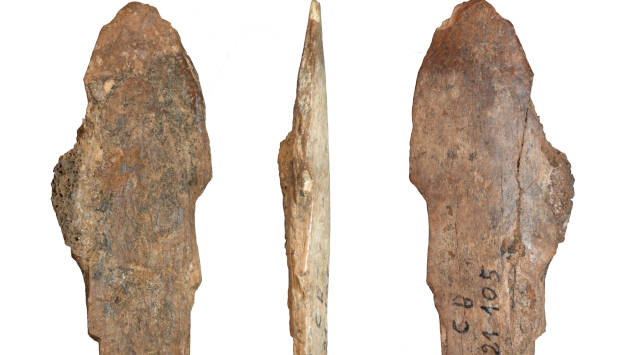The Missing Kingdom: Why Fungi Must Be Central to Conservation Strategy
28 December 2025
Published online 28 September 2021
About 90,000 years ago, humans chiselled tools from animal bones to make clothing from furs and hides.
© Jacopo Niccolò Cerasoni,
2021 
Bone tools unearthed in the Contrebandiers cave on the Atlantic coast of Morocco suggest they were fashioned by ancient humans for different activities, such as leather and fur working1 . The tools, dated between 120,000 and 90,000 years ago, were discovered alongside carnivore remains that were possibly skinned for fur.
Researchers from Morocco, the US, Portugal, Spain and South Africa, led by Emily Hallett from Germany, identified 62 bone tools in the cave. After being carved in diverse ways, the tools were polished and smoothed. Next to the tools, they found the remains of sand foxes, golden jackals, and wildcats, all with marks consistent with the notion that people had removed their skins for furs utilising techniques that are still in use.
The researchers detected different patterns of cut marks on the remains of animals related to modern cattle, suggesting their use for meat. A marine mammal’s tooth tip, with signs of human and non-human modifications, indicate the earliest documented use of a marine mammal tooth by humans.
Producing a bone tool take time and expertise. For instance, the ancient humans broke a rib bone at the correct spot, and then shaped it by scraping or grinding with stone tools.
Next, the researchers aim to ascertain the time and labour that went into producing the tools by mimicking their processes in a controlled environment.
doi:10.1038/nmiddleeast.2021.80
1. Hallett, E. Y. et al. A worked bone assemblage from 120,000–90,000 year old deposits at Contrebandiers Cave, Atlantic Coast, Morocco. iScience 24, 102988 (2021).
Stay connected: